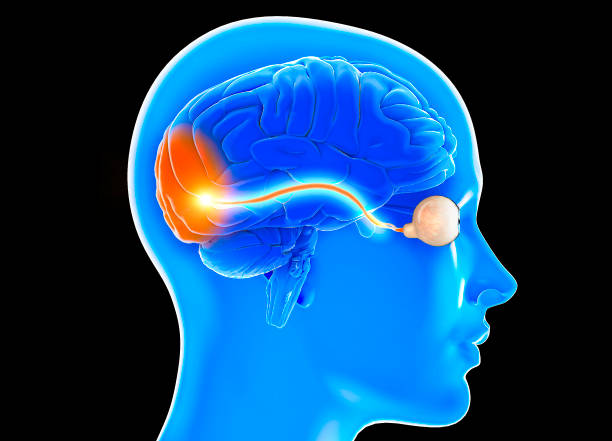Childhood Tearing Disorders
Blocked tear ducts (nasolacrimal duct obstruction) are common in infants and can cause persistent tearing or discharge.
Blocked tear ducts (nasolacrimal duct obstruction) are common in infants and can cause persistent tearing or discharge.
Some children are born with clouding of the lens, which may impair vision if not treated promptly.
Red, itchy, watery eyes are common in children with allergies or sensitivities.
Occurs when one eye develops poorer vision because the brain favours the other.
Inflammation inside the eye, which may be linked to autoimmune or infectious conditions. Symptoms include eye pain, redness, and light sensitivity.

Includes visual problems related to the optic nerve or brain, such as optic neuritis, double vision, or visual field loss. These require detailed evaluation and coordination with neurology.
A natural ageing process where the eye loses its ability to focus up close, often beginning in the early 40s. Reading glasses or multifocal options can help.
Irregular corneal curvature leads to distorted or blurred vision at all distances. It can be corrected with glasses, contact lenses, or laser surgery in suitable candidates.
Difficulty with near vision and eye strain, especially in adults over 40, may be due to uncorrected hyperopia.
Distant objects appear blurry. Myopia can remain stable or progress into high myopia, which increases the risk of retinal issues.